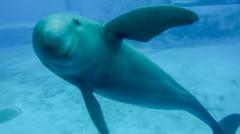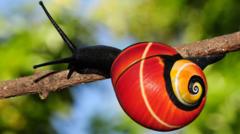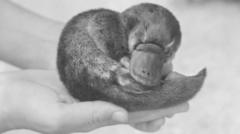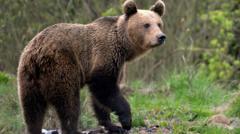Recent genetic research has determined that there are four distinct species of giraffes, prompting a reevaluation of their conservation status and needs.
New Research Identifies Four Distinct Species of Giraffes

New Research Identifies Four Distinct Species of Giraffes
Scientists from the International Union for Conservation of Nature reveal new classifications for giraffe species.
In a groundbreaking study, scientists at the International Union for Conservation of Nature (IUCN) have revealed that there are four distinct species of giraffes, contrary to the long-standing belief that there was only one. This classification comes after extensive research into giraffe skull size and head shape, revealing significant genetic diversity among these iconic mammals.
The study examined numerous natural barriers in Africa, such as deserts and rivers, that may have led to separate evolutionary pathways for different giraffe groups. As a result, researchers have concluded that the Southern giraffe, the Reticulated giraffe, the Northern giraffe, and the Masai giraffe each deserve recognition as separate species.
The Southern giraffe inhabits various regions including South Africa and Namibia, and its population has been isolated by geographical features such as the Kunene and Zambezi rivers. The Reticulated giraffe, characterized by its unique patterns, roams Kenya, Somalia, and Ethiopia, with natural barriers like the Tana River contributing to its distinct evolution. Meanwhile, the Northern giraffe can be found in areas like Uganda and South Sudan, separated by the Nile River and migration habits. Lastly, the Masai giraffe resides in Kenya and Tanzania, although differing patterns complicate its classification.
Michael Brown, a co-author of the report, emphasizes the importance of understanding the genetic distinctions among giraffes for effective conservation strategies. Previously classified as a vulnerable species, the reassessment and understanding of these four species could lead to tailored conservation measures aimed at protecting their populations, many of which are fluctuating.
The IUCN plans to re-evaluate the vulnerability status of these newly identified giraffe species, aiming to implement improved conservation strategies that will ensure the future of these majestic animals across the African continent. The findings underscore the crucial role of genetic research in wildlife conservation, highlighting how nuanced understanding can lead to more effective preservation efforts.




















